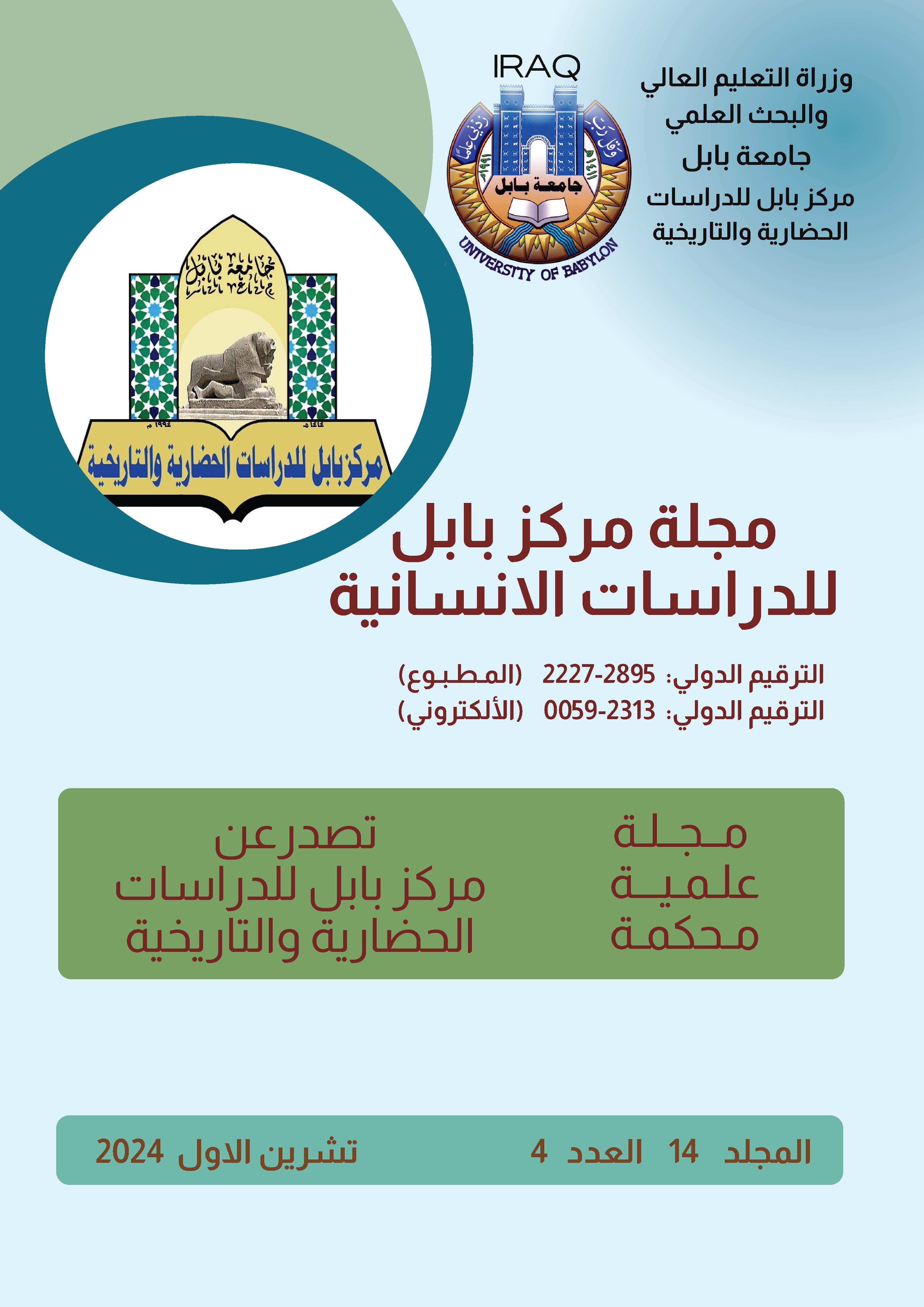Analysis of Attitude and Engagement Markers in Academic Writing Context: A Cross-Disciplinary Study
Keywords:
Attitude markers; Engagement markers; Hyland’s (2005) taxonomy.Abstract
The current study aims to highlight the use of attitude and engagement markers by non-native postgraduates (Turkish context) in terms of frequency and type. This is a corpus-based study in which 20 PhD theses in hard (medical and engineering) and soft (humanities and social sciences) are analyzed. The data of the study are analyzed according to Hyland’s (2005) taxonomy of metadiscourse markers as it is considered the most suitable taxonomy to be used. The findings showed that attitude markers constituted the largest portion of soft domain theses with a percentage of (70.48). The high percentage of frequency in using attitude markers in the soft domain refers to the writers’ positions toward others’ prepositions and theories, and how they express their confidence or arguments, or doubts or even show certain attitudes toward others’ findings and prepositions. Attitude markers enable authors to present their points of view toward others’ works and productions. As for the engagement markers, it constituted the largest portion in the hard domain theses with a percentage of (74.70). This percentage refers to the fact that the researchers in hard domain disciplines communicate the facts they want through a diverse use of adjectives. The results can be employed by EFL learners to engage and direct readers in writing academically. It also suggests teaching the importance of teaching metadiscourse deeply due to its importance in effective learning.







